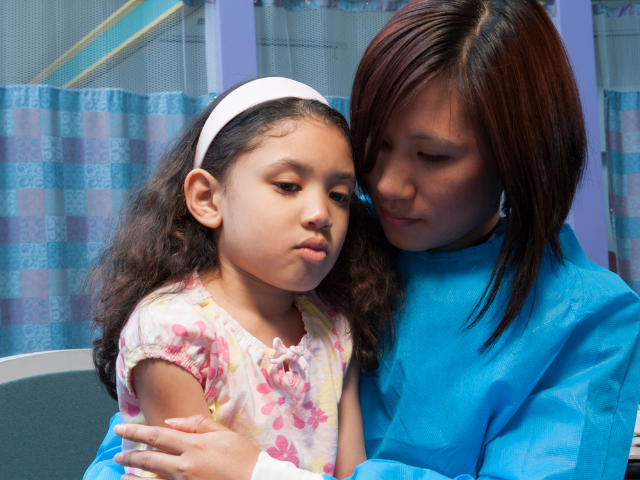Human Trafficking: The Basics
The US Department of Labor defines human trafficking as “a crime involving the exploitation of someone for the purposes of compelled labor or a commercial sex act through the use of force, fraud, or coercion.”
Human trafficking occurs globally, affecting an estimated 12 million to 30 million people. This includes more than 5 million children. Research suggests that 800,000 people are trafficked annually in the United States. Statistics are likely underreported because of this public health crisis’s secretive nature. As a nurse, there is a high likelihood that you will come into contact with a victim of human trafficking.
Traffickers often use the following tactics to lure victims into forced or coerced labor:
- Violence
- Manipulation
- False promises of well-paying jobs
- Romantic relationships
Some victims of human trafficking might have initially consented to a working relationship with their trafficker but later found themselves in a situation against their will. Despite their initial consent, these individuals are victims.
Types of Human Trafficking
Labor Trafficking: The U.S. Department of State explains that labor trafficking, or forced labor, involves the use of “force, fraud, or coercion to exploit the labor or services of another person.” Adults and children can be forced into labor.
This may involve:
- Forcing an individual to work for an employer while their trafficker collects the wages.
- Domestic servitude in which victims are forced to perform work in a private residence.
Human trafficking victims might be forced to work in various settings in seemingly ordinary roles, such as:
- Hospitality
- Agriculture
- Janitorial services
- Construction
- Landscaping
- Restaurants
- Factories
- Salon services
- Massage parlors
- Retail services
- Childcare
Sex Trafficking: Similar to labor trafficking, sex trafficking involves elements of coercion, force, or fraud that “compel another person to engage in a commercial sex act or causes a child to engage in a commercial sex act.”
Sex trafficking can take place in the following places:
- Private homes
- Massage parlors
- Hotels
- Brothels
- On the internet
Some individuals engage in commercial sex work as an informed choice. They are not victims of human trafficking; however, they can become victims if a trafficker takes control of their livelihood and forces them to engage in sex work against their will.
Who is at Risk?
Anyone can become a victim of human trafficking. However, specific characteristics or circumstances may increase the risk of becoming a victim.
Some risk factors are:
- Recent migration or relocation
- Language barriers
- Substance use
- Mental health concerns
- Physical or developmental disabilities
- Lack of social support systems
- Experiencing homelessness, being a runaway, or having experience in the child welfare system









